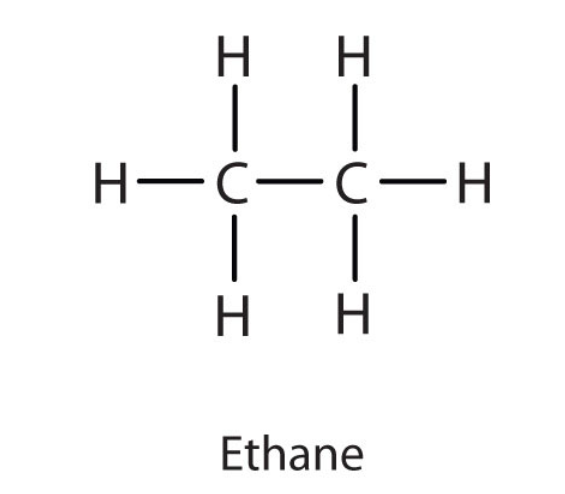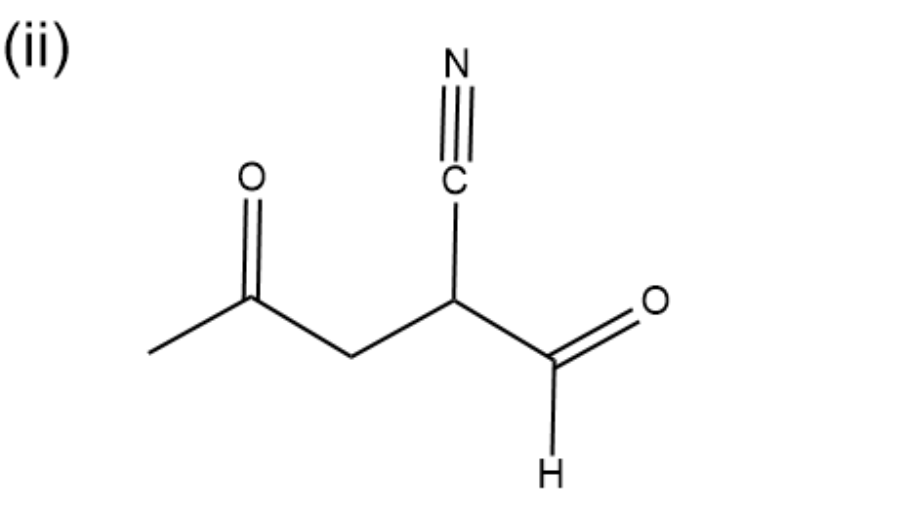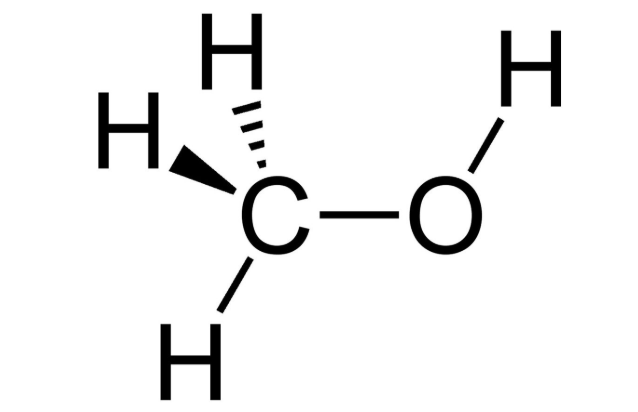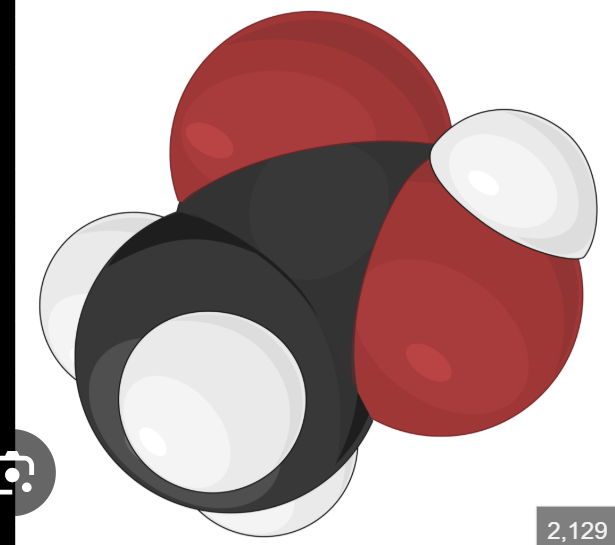SAS 8 SATURATED HYDROCARBONS
1/39
There's no tags or description
Looks like no tags are added yet.
Name | Mastery | Learn | Test | Matching | Spaced |
|---|
No study sessions yet.
40 Terms
Organic chemistry
studies the structure, properties, and reactions of organic compounds, which contain carbon in covalent bonding
studies the structure that determines their chemical composition and formula
Saturated Hydrocarbons
simplest type of organic compound
Saturated
meaning each carbon atom is bonded to as many hydrogen atoms
Carbon
building units of all structures in all living matter
Organic Compounds
Chemical basis for life itself
Inorganic
obtained from mineral constituents of earth
don’t dissolve in water
dissolve in organic solvents
low melting points
decompose on heating
inflammable
covalent
non-electrolytes
Organic
Obtained from living organisms
Dissolve in water
Doesn’t dissolve in organic solvents
high melting points
doesn’t decompose on heat
non-inflammable
ionic
electrolytes
Carbonn
chemical basis of life
king of all elements
contains 4 binding sites for other atoms to attach
covalence
valence : 4
group 4, period 2
atomic no. 6
Cycloalkane
CNH2N
Alkane
CNH2N+2
Chemical Formula
set of chemical symbols showing the elements present in a compound and their relative proportions, and in some cases the structure of the compound
it can be represented as MOLECULAR OR STRUCTURAL FORMULA
Molecular Formula
giving the number of atoms of each element present
ex: H20, CH4, C₂H₆O
Structural Formula
Structural representation that shows how various atoms in a molecule are bounded to each other
it can be represented as 2D or 3D
expanded, condensed, skeletal, line angle
4 types of 2D structure
Expanded Structure
occupies a lot of space

Condensed Structure
shorthand method
ex: CH4 (methane)
Skeletal Structure
shows arrangement of bonding carbon atoms but doesn’t show the hydrogen atoms attached to the carbon atoms
ex: C-C-C-C-C-C
Line angle structure
line represents a carbon carbon ; present at the very point where 2 line meet

dash wedge, ball and stick, space filling
3 types of 3D structure
dash wedge Model
dash for receding behind the page, wedges coming out of the page, solid lines in the plane of the page

Ball and Stick Model
emphasizes the bonds and shows the tetrahedral arrangement

Space Filling Model
emphasizes the overall shape of the molecule and shows the tetrahedral arrangement

Pure Hydrocarbons
compounds that contain only carbon atoms and hydrogen atoms
Hydrocarbon Derivatives
compound that contains carbon and hydrogen and one or more additional elements ( P, N, S , F, Cl, etc. )
Substituents
an atom or group of atoms attached to a chain or a king of carbon atoms ; general term as attachments
Halogenated alkanes
is an alkane derivative in which one or more halogen atoms are present
-ANE
Alkane
Ene
alkene
Yne
alkyne
OH
alcohol
ROR
ether
RCHO
aldehyde
RCOR
ketone
C-OOH
carboxylic acid
R-COO-R
ester
RCONH2
Amide
NH2
amine
R-X (X: Br, Cl, F, I, At)
haloalkane or alkyl halide
SH
thiol
C≡N
nitrile